
[wpseo_breadcrumb]
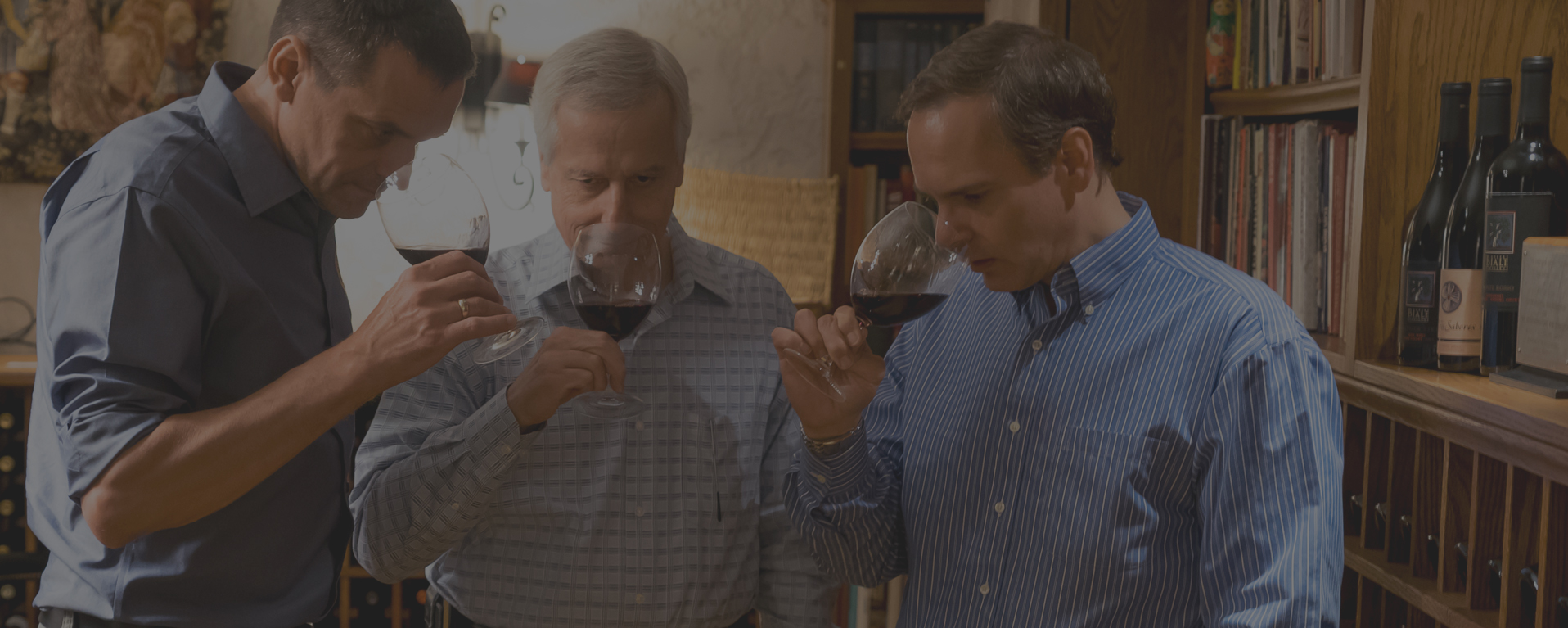
VinSense is an Indiana LLC formed in March 2015 to produce an innovative decision support software system for agricultural crop production. The new technology enables producers, field managers, and winemakers to make better crop management decisions to improve production volume, uniformity and quality and increase profitability and long-term sustainability.
The VinSense software, initially targeted at the wine grape growing and winemaking industry, will deliver the following value to our customers:
Our product is based on the latest soil, viticulture, enology and predictive analytics research, as well as the latest sensing technologies (in situ and remotely sensed). The key unique components of the system are the transformation of this data deluge into easily understood information relevant to crop and winemaking decisions and the incorporation of soil physics and hydrology, viticulture, and enological models to increase the relevance of the information and enable predictive analytics for management and planning. The user friendly visual interface and decision tools are being developed with “real world” producers to ensure that the data provided is relevant, understandable, and, most importantly, actionable.

John Hanak is currently serving as the interim CEO of VinSense. He recently retired as the chief innovation and corporate officer at the University of Oklahoma. He served until September 2021 as the managing director of Purdue Ventures – the startup investment and fund management arm of the Purdue Foundry at Purdue University. He is also managing director of North Riverside Partners, a firm that provides consultative services into the innovation hub, entrepreneurship center and investor spaces with a particular focus on startup ecosystems.
John was one of the co-founders of the Purdue Foundry in 2014, the university’s entrepreneurial hub that is currently spinning out over 40 startups each year. Previously, he served as Statewide Director of Purdue’s network of technology incubators across the state of Indiana. Prior to co-founding a technology commercialization firm in 2003 and arriving at the Purdue Research Foundation in 2005, Hanak served as President, CEO and board member of Digital Innovations, a Chicago-based technology product development and marketing firm. Before joining Digital Innovations, he spent more than 20 years in the steel industry with a Fortune 500 integrated steel manufacturer where he was Vice President with responsibility for all administration and legal matters. He also co-founded a small angel investment partnership. He holds BS and JD degrees. He has served, and continues to serve, on a number of corporate and volunteer boards and is a former chair of the board of directors of the International Business Innovation Association and former president of the Venture Club of Indiana.
As chief innovation and corporate officer and executive director of the University of Oklahoma’s new Office of Innovation and Corporate Partnerships, he served as the institution’s senior intellectual property officer and was responsible for managing all elements of the innovation ecosystem there.
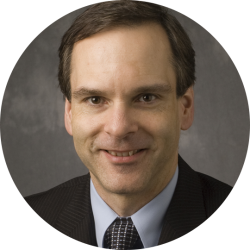
David E. has over three decades of experience in deploying software solutions for real-world problems, specializing in data analysis, visual analytics, and predictive analytics. He is the principal author of the patent behind VINES decision support system.
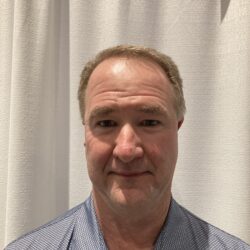
Mike Ballou brings over 3 decades of experience working with customers in agriculture and commercial equipment. He has successful worldwide product launches with John Deere, and with Husqvarna. Mike has led two successful national sales teams, and a proud alumni of the University of Georgia obtaining a master’s degree in business.
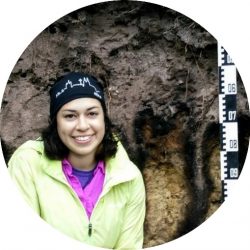
Minerva Dorantes brings over a decade of expertise in soil science, digital soil mapping, soil spectroscopy, soil carbon, and soil health. She has managed large-scale national and international soil mapping projects and led workshops on GIS for soil and crop mapping, remote sensing, and precision agriculture. She has worked with VinSense for over 8 years, developing its soil and crop trait mapping and smart-sampling processes. She is a former Research Soil Scientist with the Soil Health Institute and a co-author of a related patented functional soil modeling technology.
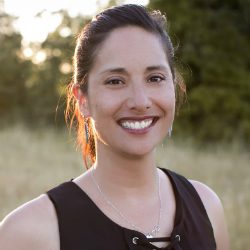
Lise Asimont brings 20 years of winegrape industry experience to our company. She incorporates technology with traditional grape growing practices to drive field uniformity to make great wines in the vineyard. She is a past president of the American Society for Enology and Viticulture and has served on the ASEV and Unified boards.
Professors at Purdue University

David S. Ebert is currently a Gallogly Chair Professor of electrical and computer engineering and the Director of the Data Institute for Societal Challenges at the University of Oklahoma. He is the recipient of the 2017 IEEE Computer Society VGTC Technical Achievement Award, a member of the IEEE VGTC Visualization Academy, an adjunct professor of electrical and computer engineering with Purdue University, and the Director of the Visual Analytics for Command Control and Interoperability Center (VACCINE), the Visualization Science team of the Department of Homeland Security’s Visual Analytics and Data Analytics Emeritus Center of Excellence. He received the Ph.D. degree in computer and information science from The Ohio State University, Columbus, OH, USA.
Dr. Ebert is a leading expert in integrated, interactive data visualization and analysis, having deployed solutions for effective decision making in medical applications, veterinary applications, public safety, logistics management, weather, and emergency response. He is also very active in the visualization community, teaching courses, presenting papers, co-chairing conference program committees, and holding senior leadership positions in professional societies (IEEE, ACM).
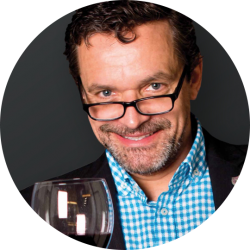
The Purdue Wine Grape Team’s Professor of Enology, Dr. Butzke is a past president of the American Society for Enology and Viticulture and current chairman of the Indy International, one of the largest wine competitions in the world. His Extension responsibilities include professional engagement activities from local winery consultations to global winemaking projects. He is editor of “Winemaking Problems Solved” and author of the popular textbook “Wine Appreciation.”
Butzke has also been Director of Winemaking for Sakonnet Vineyards in coastal New England and a tenured faculty member in the world-renowned Department of Viticulture and Enology at the University of California, Davis.
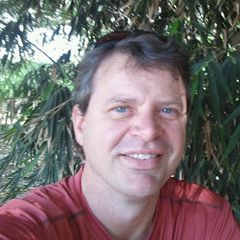
Dr. Phillip Owens is a Research Leader at the Dale Bumper Small Farms Research Center at USDA ARS in Booneville, AK. His hydropedologic-based research utilizes soil landscape modeling coupled with GIS, remote sensing, terrain attribute analyses and geostatistics to relate soil spatial variability to landscape scale processes.
Through this research, Dr. Owens has developed a transformational soil mapping technology that predicts soil properties at a high resolution and relates the soil properties to functional responses of plants.

2015-2017